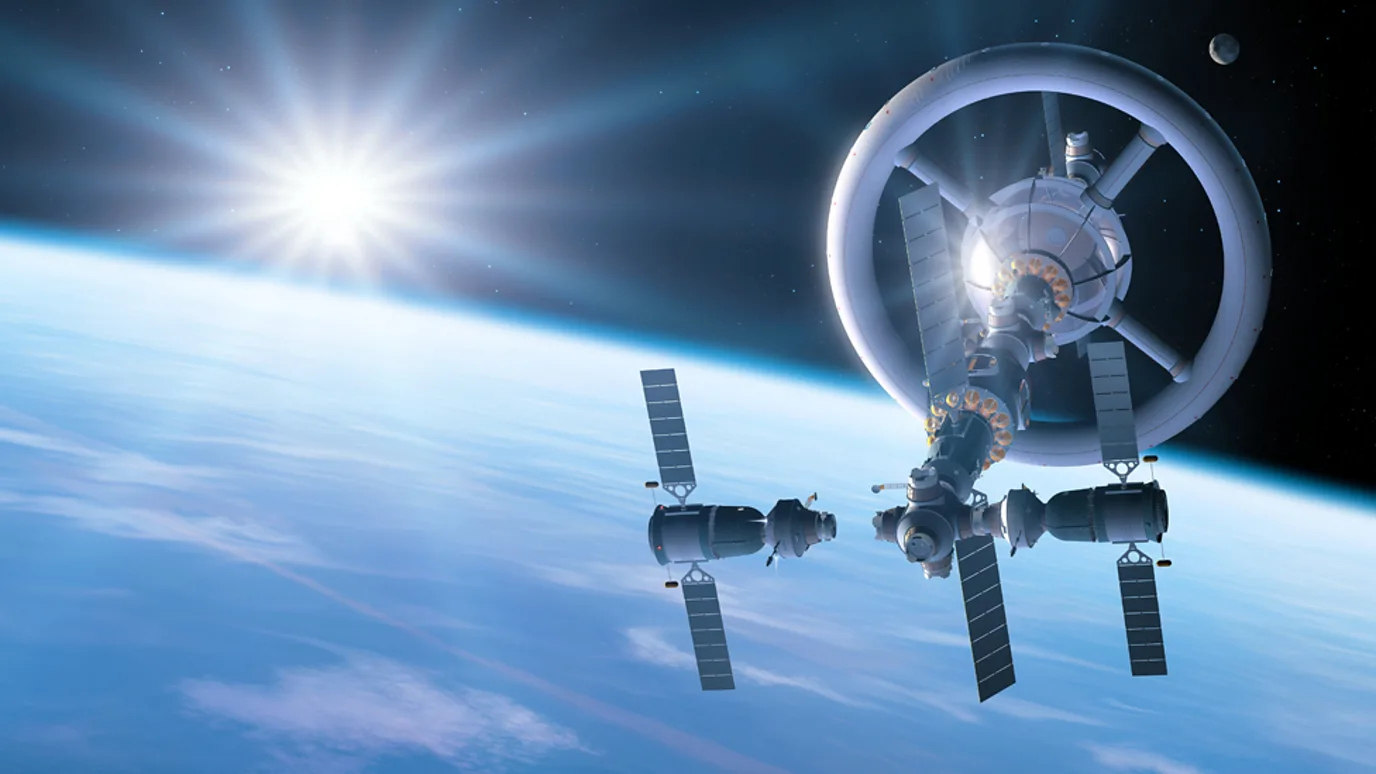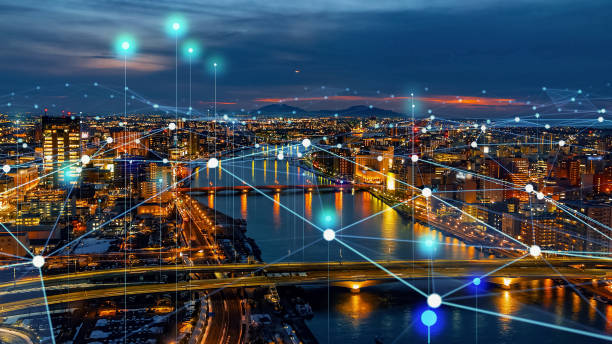Gravity—the invisible force that governs the motion of celestial bodies, keeps us grounded on Earth, and shapes the universe—has been a subject of fascination for centuries. From the fall of an apple to the development of the theory of relativity by Albert Einstein, gravity is one of the most well-known and influential forces in our understanding of the physical world. Yet, despite its importance, it remains one of the most challenging forces to manipulate, especially in artificial environments like space.
For astronauts working in microgravity conditions aboard spacecraft or space stations, the absence of gravity poses significant challenges to their health, daily functions, and even the operation of complex technologies. In an effort to overcome these challenges, scientists have explored the concept of artificial gravity, a force that mimics the effects of Earth’s gravity in space. This pursuit, however, is no simple task. It involves not only a deep understanding of the principles of physics but also the application of groundbreaking technologies and innovative engineering.
The dream of creating artificial gravity has inspired numerous theories and experiments, from rotating space stations to magnetic fields. As we venture further into space exploration, artificial gravity may become essential for the future of human space travel. But what exactly is artificial gravity? How can it be created? And what role will it play in shaping the future of space exploration and human life beyond Earth? In this article, we will delve into the science behind artificial gravity, explore the methods used to create it, and examine the potential benefits and challenges that come with its implementation.
The Nature of Gravity
Before we can understand how artificial gravity can be created, we must first explore the nature of gravity itself. Gravity is a force of attraction that acts between two masses. The more massive an object is, the stronger its gravitational pull. For example, the Earth’s massive size creates a gravitational field that pulls everything toward its center, which is why we experience the sensation of weight.
At the most basic level, gravity can be described using Isaac Newton’s law of universal gravitation, which states that every mass exerts an attractive force on every other mass. The strength of this force depends on the masses of the objects involved and the distance between them. Newton’s law of gravitation was revolutionary, but it could not explain all aspects of gravity, particularly in extreme environments like black holes or at the speed of light.
Albert Einstein’s theory of general relativity, introduced in the early 20th century, provided a more comprehensive explanation of gravity. According to general relativity, gravity is not a force that acts instantaneously across space. Instead, it is the result of the curvature of spacetime caused by the presence of mass and energy. In this view, massive objects like the Earth and the Sun cause a distortion in the fabric of spacetime, and smaller objects follow the curved paths dictated by this distortion. This theory was confirmed in part by the observation of the bending of light around massive objects, such as the Sun, during a solar eclipse.
Despite the profound understanding of gravity offered by general relativity, manipulating or recreating gravity remains an incredibly difficult challenge. In fact, creating artificial gravity is not as simple as just “turning on” gravity in a controlled environment—it requires recreating the complex effects of gravitational forces in a manner that is safe, sustainable, and effective for human health and technological function.
Microgravity: The Space Travel Dilemma
One of the most profound experiences for astronauts in space is the sensation of weightlessness, which occurs due to the condition known as microgravity. Microgravity is often mistakenly referred to as “zero gravity,” but it is not an absence of gravity. Instead, it is a condition where objects in space experience free fall, meaning they are constantly falling toward Earth but are also moving forward at such high speeds that they never reach the ground. This creates the sensation of weightlessness.
While microgravity allows astronauts to float freely within spacecraft and conduct experiments in unique conditions, it also presents numerous challenges. In microgravity, the human body undergoes significant changes. Muscles weaken due to the lack of gravitational pull, bones lose density, and the cardiovascular system is affected. Fluids in the body, such as blood, are also redistributed, often causing swelling in the face and head.
The effects of microgravity on human health are well-documented, with long-term space missions—such as those aboard the International Space Station (ISS)—revealing the necessity for countermeasures, such as exercise regimens and medications. However, these measures are only temporary solutions. The absence of gravity creates a host of problems that cannot be fully mitigated without introducing artificial gravity into the equation.
What is Artificial Gravity?
Artificial gravity is a concept that seeks to mimic the effects of Earth’s gravity in a controlled, artificial environment. It can provide astronauts with the gravitational force necessary to prevent the negative health effects associated with prolonged exposure to microgravity. In essence, artificial gravity allows for a simulated gravitational environment in space, allowing for a more Earth-like experience in terms of physical health, motion, and bodily function.
Creating artificial gravity is not as simple as generating a force that attracts objects to the floor. Instead, it involves creating the right conditions in a spacecraft or space station where a uniform force is applied to all objects and people in the environment. There are several proposed methods for creating artificial gravity, each with its own scientific principles, engineering challenges, and potential benefits.
Centrifugal Force: The Rotating Spacecraft
One of the most widely proposed methods for creating artificial gravity is through the use of centrifugal force. The basic idea behind this method is to create a rotating spacecraft or space station, in which the motion of the station generates a force that pushes objects and people toward the outer walls. This force, known as centrifugal force, mimics the effects of gravity.
When a spacecraft or space station rotates, the objects inside experience a force that pushes them outward, away from the center of rotation. This force increases with the speed of rotation and the radius of the rotating structure. The faster the rotation, the greater the centrifugal force, and the closer the force is to the intensity of Earth’s gravity. In a rotating space station, astronauts would feel a force pushing them toward the outer walls, much like how we experience the force of gravity on Earth.
This concept is not just theoretical. It has been explored in the design of rotating space stations, such as the O’Neill Cylinder and the Stanford Torus, both of which feature large, cylindrical or toroidal structures designed to spin and create artificial gravity. In these designs, the rotation of the station would create a gravitational force along the outer walls, allowing astronauts to live and work in an environment that mimics Earth’s gravity.
However, there are significant challenges to creating centrifugal artificial gravity in practice. The rotation of the station would cause Coriolis effects, which would make movement and orientation feel strange and disorienting to astronauts. Moreover, the design and construction of such a rotating space station would require advanced engineering techniques to ensure stability and safety, particularly given the immense structural stresses that would arise from constant rotation.
Magnetic Fields: The Possibility of Magnetic Levitation
Another proposed method of creating artificial gravity is through the use of magnetic fields. While magnetic fields are primarily used to manipulate and control electrically charged particles, they may also be employed to simulate the effects of gravity in certain environments. In this approach, strong magnetic fields would be generated within a spacecraft or space station, creating a force that can be used to push objects toward the floor, much like the gravitational force we experience on Earth.
One method that has been proposed is the use of superconducting magnets to create a “magnetic floor” that would interact with ferromagnetic materials, such as certain metals, to simulate the effects of gravity. This would require highly advanced magnetic technology, as well as a careful balance to ensure that the magnetic fields do not interfere with electronic equipment or pose safety risks to astronauts.
The challenge with this approach is that it would only work for objects or people that are responsive to magnetic forces. This makes it unsuitable for creating artificial gravity on a broad scale, particularly for people who are not magnetically responsive, such as those with implants or devices within their bodies. Furthermore, the use of strong magnetic fields could potentially interfere with the operation of sensitive instruments and technologies aboard spacecraft.
Gravitational Manipulation: Theoretical Approaches
Beyond centrifugal force and magnetic fields, there are other, more speculative methods for creating artificial gravity. These include the theoretical possibility of manipulating gravitational fields directly, either by creating an artificial gravitational field through the use of exotic materials or by tapping into the fundamental properties of spacetime itself. However, these ideas are still in the realm of theoretical physics and are far from being realized in practice.
One of the most intriguing ideas comes from the field of general relativity, which suggests that it may be possible to create gravitational effects by manipulating the curvature of spacetime. While this is an exciting avenue of research, it remains highly speculative and would require breakthroughs in our understanding of quantum gravity and spacetime manipulation. For now, such ideas remain more science fiction than science fact.
The Future of Artificial Gravity
As humanity’s presence in space expands, the need for artificial gravity will become increasingly pressing. Long-duration space missions, such as trips to Mars or deep space exploration, will require environments that can mimic Earth’s gravity in order to maintain the health and well-being of astronauts. The creation of artificial gravity will not only improve human health in space but also open up new possibilities for space stations, interplanetary travel, and even colonization of other planets.
While we are still far from creating perfect artificial gravity, advancements in physics, engineering, and space technology will continue to bring us closer to this goal. As our understanding of gravity deepens and our ability to manipulate physical forces improves, the dream of artificial gravity may one day become a reality.
In the not-so-distant future, artificial gravity could be a cornerstone of space exploration, providing astronauts with the ability to live and work in conditions that closely resemble life on Earth. This, in turn, could pave the way for humanity’s next great leap into the cosmos, making space travel safer, more sustainable, and more accessible for future generations.






